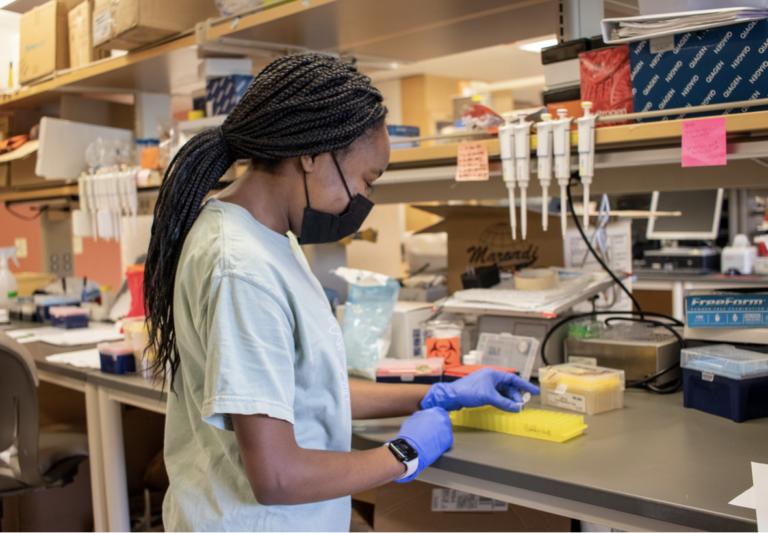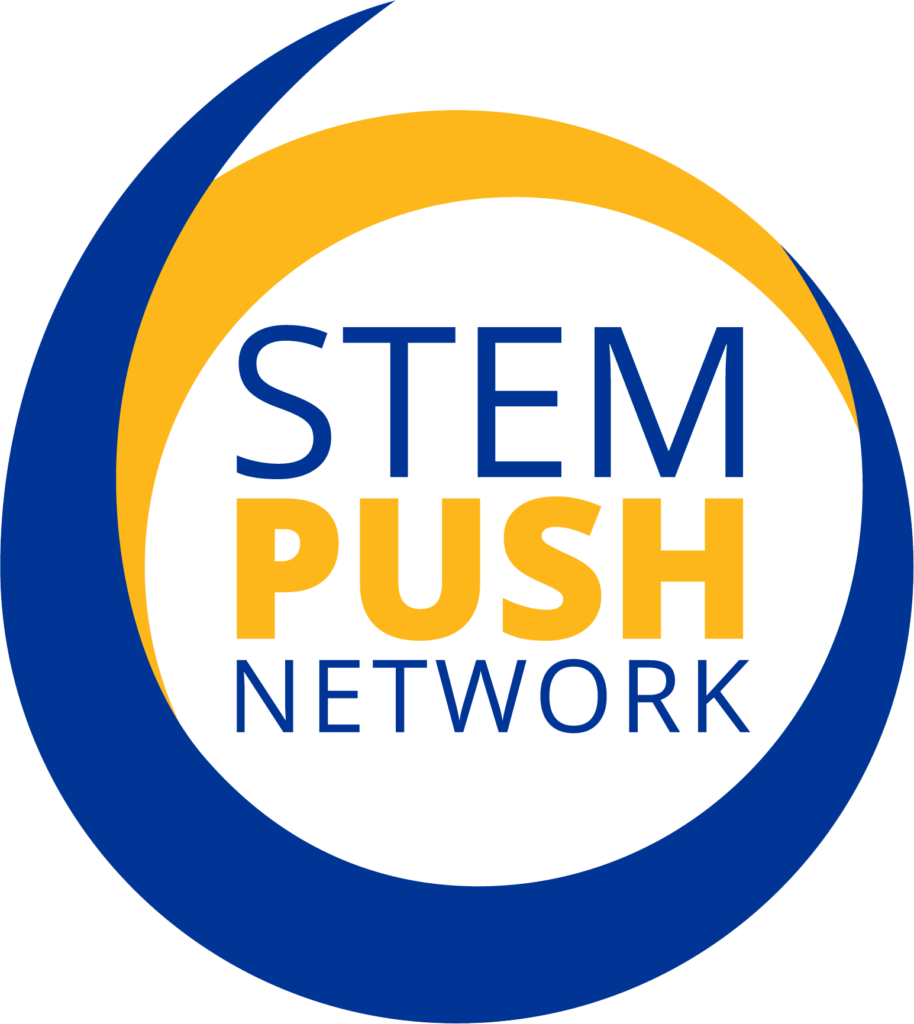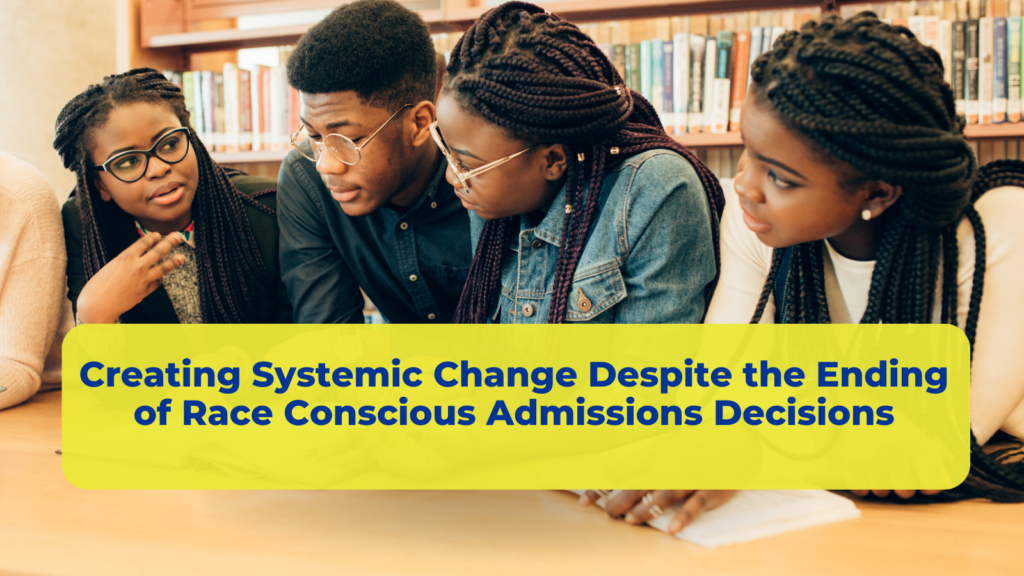
Equity Language Use Statement
As a network focused on racial and ethnic equity in Science, Technology, Engineering, and Math (STEM), STEM PUSH is committed to both deliberately naming and regularly examining the names and terms we use to make sure they reflect the youth and communities we are committed to serving and centering in our work. As part of our commitment to equity, we believe that the language and terms we use to refer to and engage with people’s identities and social group membership may change as we learn and grow. However, commitments to specificity, power and intersectionality, and self-identification (described below) are central in our language use.
Specificity
In discussing cross-network work or in the need for brevity, we may use broader terms (such as racially/ethnically minoritized—abbreviated as REM; or multiply marginalized and underrepresented—abbreviated as MMU). However, we endeavor to be specific about the populations and individuals to which we are referring and specifically the communities centered and served by our partner programs.
Power and Intersectionality
While naming racial and ethnic minoritization, we also seek to acknowledge the social dynamics, intersectional aspects of identity, and the associated experiences based on the power dynamics associated with these identities. Identities including, but not limited to, ability, gender identity, sexuality, social class, religion, immigration status all contribute to systemic power, oppression, and experiences of marginalization. We seek to engage language that does not collapse these experiences or view them as interchangeable.
Self-Identification
Our language use above all centers the importance of and power in self-naming—having space to name and claim a personal identity in ways that resonate and empower the young people and communities we serve. To that end, we look to our network participants and partner programs to name the identities that they and their students embrace.
Drawing from these commitments, the following reflects our current (but evolving and responsive) language as of November 2022:
To refer broadly to the youth and communities in our work, we use the terms:
- Multiply marginalized and underrepresented (MMU) students/youth/communities
- Racially/ethnically minoritized (REM) students/youth/communities
To refer to the racial and ethnic groups our network serves, we use the terms::
- Black (when possible and desired by programs and participants, referencing specific nations or cultures of origin, such as: Black American, Hatian-American, etc.).
- Indigenous (when possible, referencing specific Indigenous peoples or nations, such as: Ak-Chin Indian Community, Havasupai Tribe, etc.)
- Latina/o/e (when possible and desired by programs and participants, referencing specific nations or cultures of origin, such as: Mexican-American, Puerto-Rican, etc).
To refer to other or to specify identities included as part of Multiply Marginalized and Underrepresented, we refer to the following guides and conventions:
- Ability/Disability, along with additional specifics noted here: Disability Language Style Guide
- LGBTQ+, along with additional specific noted here: Glossary of Terms – Human Rights Campaign
In developing this statement, we drew from the following resources:
- The Growing Diversity of Black America | Pew Research Center
- Switching to “Latine” from “Latinx”
- MMU Scholars – Multiply Marginalized & Underrepresented Scholars – LibGuides at Utah State University
- Intersectionality, explained: meet Kimberlé Crenshaw, who coined the term – Vox
- Glossary of Terms – Human Rights Campaign
- LGBTQ Definitions, Terms & Concepts – The Annie E. Casey Foundation
- Disability Language Style Guide

